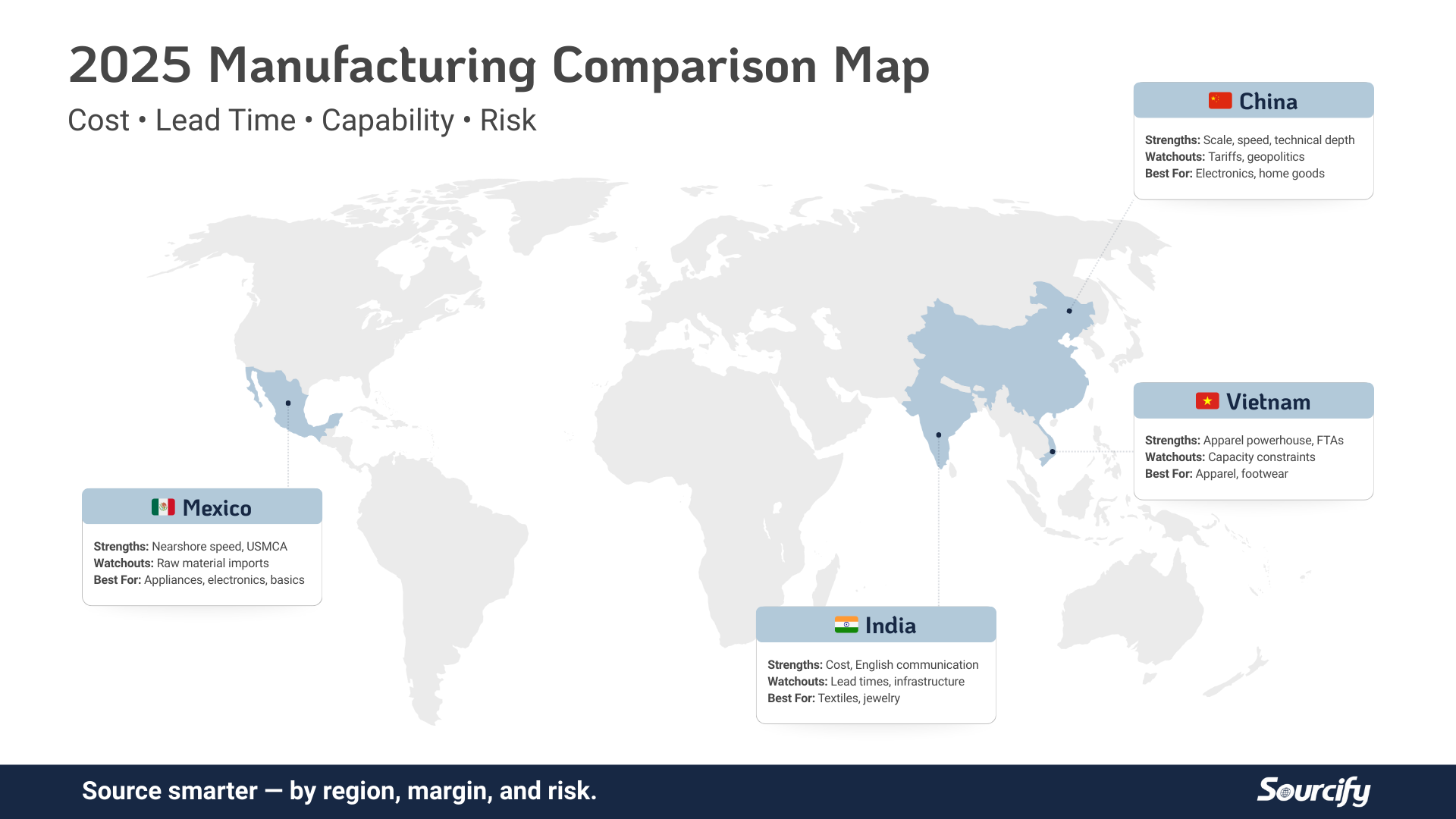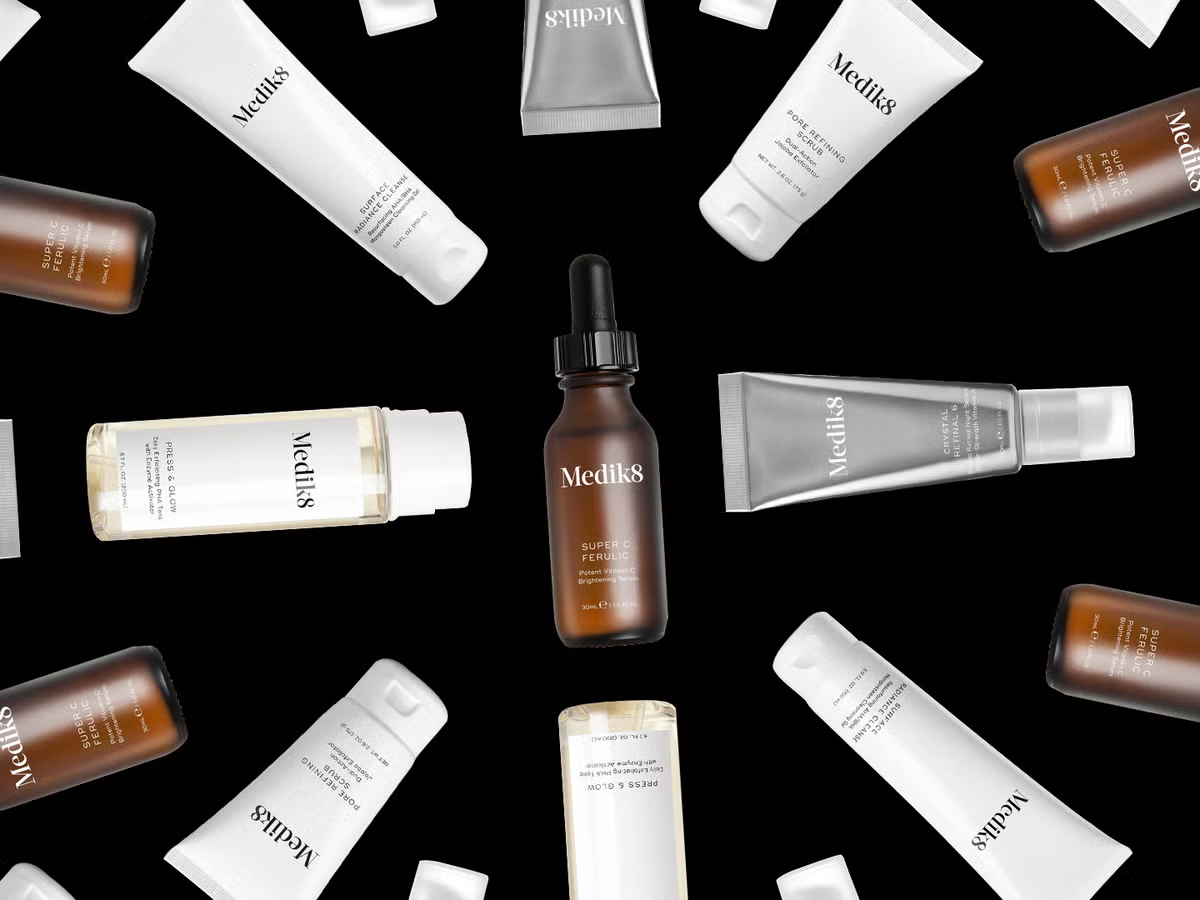When considering a strategy to begin selling goods, the design side of the process can be a big roadblock for many budding entrepreneurs. Many feel that they aren’t creative enough, well-versed enough in the tools necessary, or simply too busy with other things to design, produce, and sell product.
In that instance, in comes private-label manufacturing and selling, Private-label products are manufactured by a third party company that doesn’t brand the product itself, but instead follows your design specifications and applies your logo and branding to create the product that you’ve mocked up.
This eliminates the need for a design team and a factory in one. Even without owning these pieces of the production, the retailer has total control over the specs of the product, the packaging, and whatever other control they desire.
Then, your private label products are shipped to you to sell as you please, leaving you in total control of pricing, distribution, and decision-making when it comes to selling.
The process is very simple and easy to become a part of, which makes it a very enticing option for many budding sellers. Over six and a half trillion dollars in private-label retail sales were registered in 2021, and Statista expects the market for these products will grow by another trillion dollars by 2025.
The key, though, is landing on quality products from a trustworthy manufacturer. Because the production process itself is out of your hands, you have no guarantee of the sturdiness or quality of the product. If you end up with low-quality products and can’t sell them, all of the time and money saved using a private-label process is out the window.
How do you find quality products, then, you ask? It’s actually relatively simple. Keep reading for more information about finding the best private-label products — and selling them!
Discover Your Niche
The very first step in the process is deciding on your product and your market. This can be one of the most challenging steps, as the decision you make will be the foundation for every business decision you make there on out.
Market research is an important component of researching niches. The goal is to find out what products are selling well in the way that you intend to sell, what branding and marketing is en vogue, and what design tools and strategies to employ.
Once you’ve identified the sector that you want to go into, whether it’s garden tools, pest control, or hair products, you can go about finding the ideal product.
Identify Your Supplier
When it’s time to start thinking about selling product, you’ll need someone to create that. At this stage it’s time to reach out to different manufacturers, often both overseas and domestic, to decide which will be best for you and your business.
Contacting other businesses that use this supplier can be a good tactic to learn more about their process, prices, and product quality. Other than that, it’s as simple as making the connection and supplying the design and timeframe.
Most manufacturers will give you near total control over the process, leaving all design components and product specs up to you. This allows total creative freedom with the project, something that entrepreneurs have been chasing for decades.
Request Product Samples
The story is the same no matter what endeavor you’re embarking on, whether it’s buying a dress from Amazon, meeting someone from an online dating site, or ordering private-label products: you can’t always trust the way it’s shown online. Ordering samples to get your hands on your actual product is absolutely essential.
When the samples come, it’s time to do some quality control. It may even be worth hiring someone for this purpose, whether they receive samples as well or go to the actual factory. Services such as QIMA help you catch any issues with your goods before it’s too late to make adjustments.
This is not a time to be lazy or willing to overlook small issues — if the product isn’t exactly as good as it looked online and sounded over the phone, there’s room for improvement. Hitting the market with a subpar product is an excellent way to go under without even selling out your first shipment.
Open Your Store (and Market It Like Crazy)
The final step is getting your products out into the world. The ease of the private-label process affords you plenty of time to get a robust online store up and running, and once products are finalized and shipped to you (after you’ve double-checked the product samples, of course), you can add them to your website.
This is where the market research and understanding your niche will come in especially handy. By employing marketing tools and branding strategies that successful competitors have in the past, your online business selling private-label goods can grow exponentially in a relatively short period of time.
Request customer reviews, get your friends and family to buy products, and share your website anywhere you can. The most important thing is to get the ball rolling, and once you’ve done sufficient market research and have quality products that you’re confident in, selling them should be a piece of cake.
Private-label production is only growing year by year, and with the growth, it’s becoming more accessible to anyone with an idea and some capital. Seriously, who knows?
Maybe yours is the next billion-dollar business.




